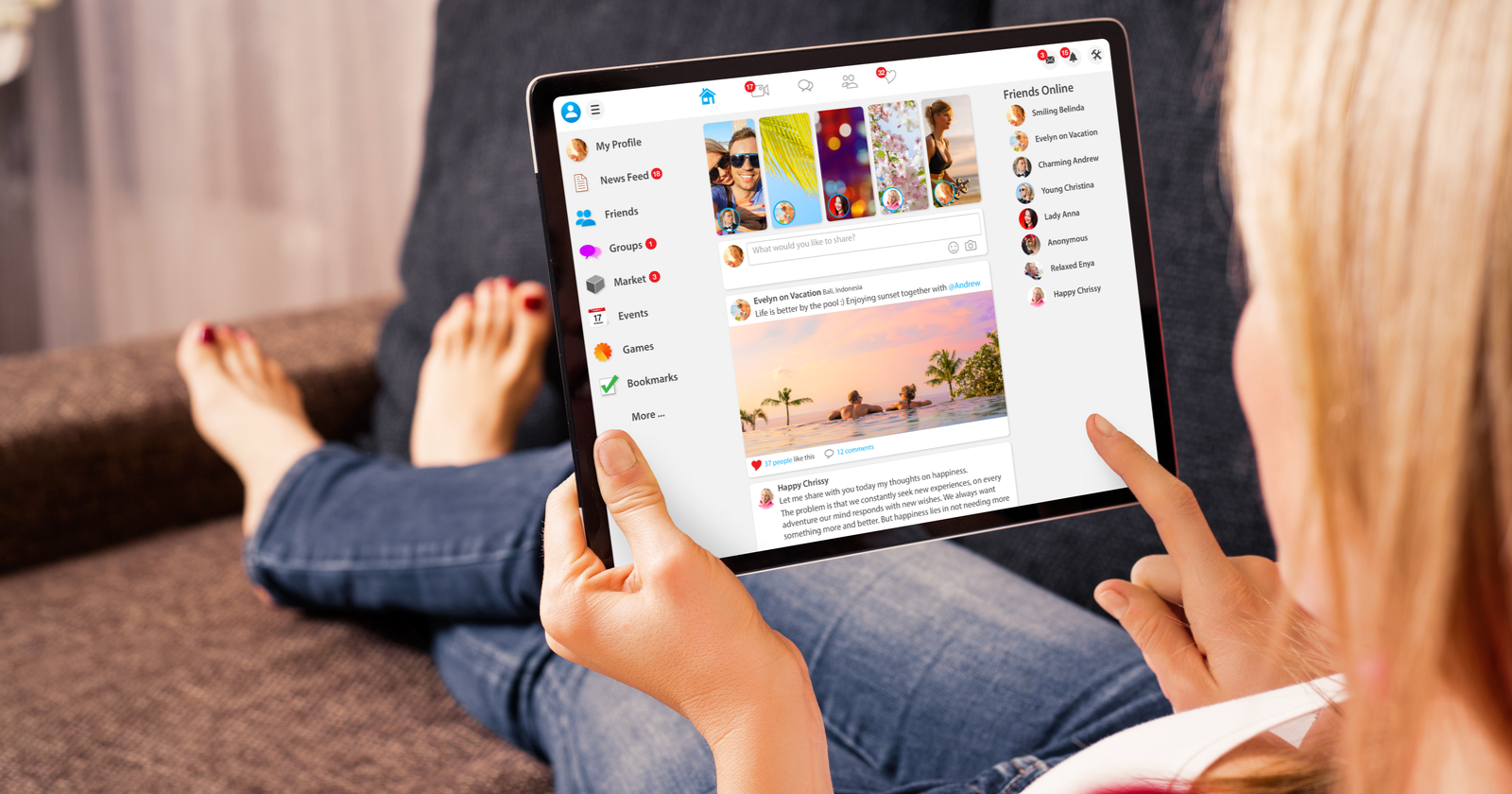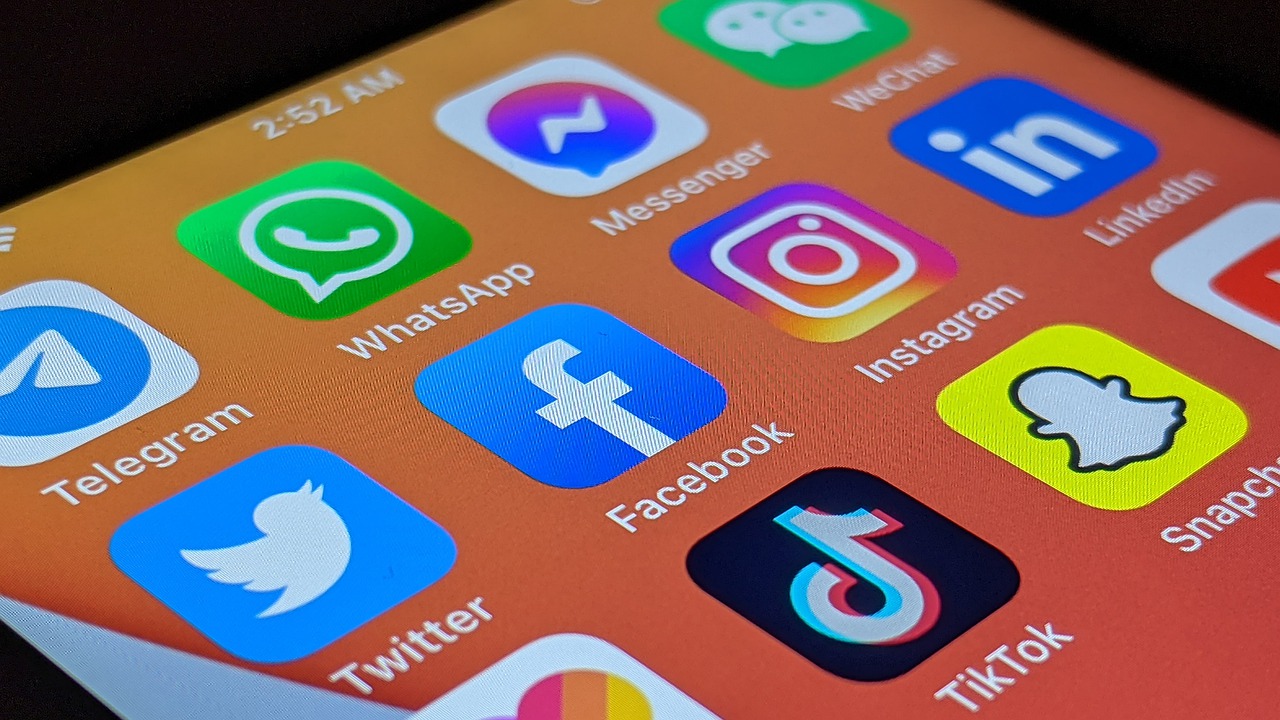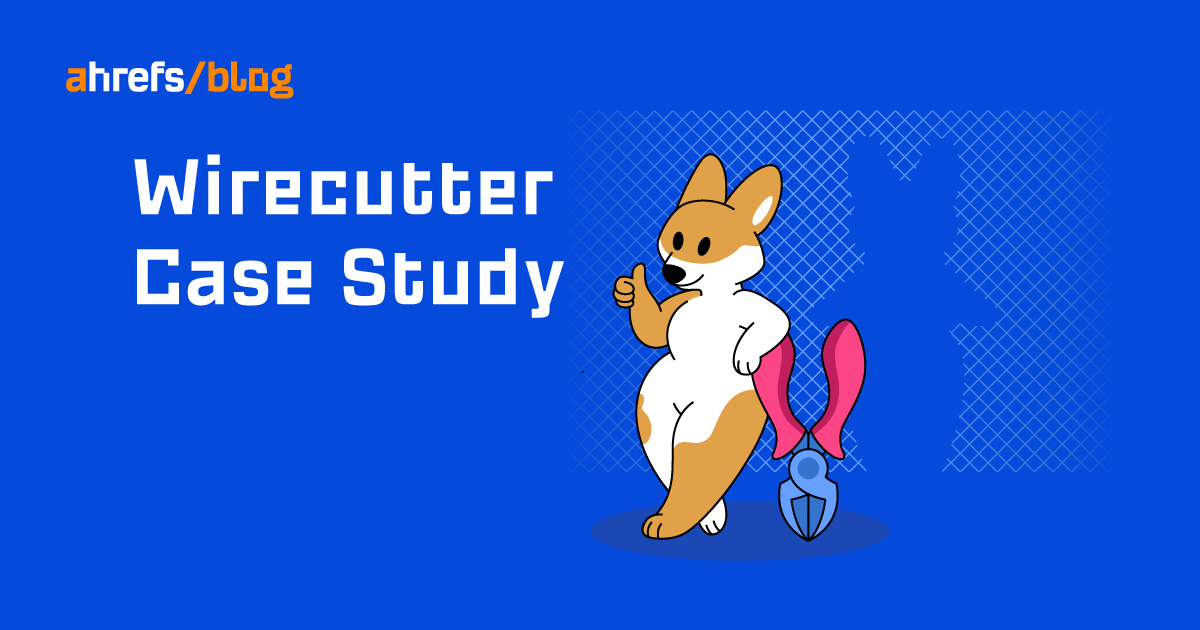Unleashing Conversion Potential: Elevating the B2B Tech Customer Experience for Peak Performance
The goal of any business is to connect with your customers successfully, but for B2B businesses, the unique challenge materializes in the fact that those customers are other businesses themselves. However, there are several strategies that B2B providers can...

The goal of any business is to connect with your customers successfully, but for B2B businesses, the unique challenge materializes in the fact that those customers are other businesses themselves. However, there are several strategies that B2B providers can use to optimize their sales process and set themselves up for the best possible chances of success in converting prospects to sales.
Understanding your B2B business’s target audience
B2B leaders must understand that their audience is fundamentally different from the audience that consumer-facing businesses serve. Consumers only have their wallets to hold them accountable, while businesses often have shareholders and boards of directors to report to. This means that every B2B spending decision has to pass through several checks and balances — some of which can resemble jumping through hoops — before it’s approved.
When it comes to converting B2B sales, it’s not as simple as waiting for customers to come to you. Businesses must nurture their leads, as this will help guide potential customers through their decision-making process. Through helpful and targeted messaging using methods like automated drip campaigns, personalized follow-ups, and content delivery, businesses can educate their potential customers and make them feel more assured about working with them.
Strategies and tools to maximize conversions in the B2B sector
One of the best ways to build this rapport of trust and authenticity is content marketing. Through a content marketing campaign, you put out content on a variety of platforms — including print, podcasts, blogs, social media, and more — discussing your industry and relevant issues and topics. The goal of such content is to establish “thought leadership”: the perception that you are an expert in your field. When you use content marketing, potential customers will see said content and trust you as a reputable partner to do business with.
An essential tool in optimizing the customer experience in the B2B sector is data. Perhaps the most obvious use of data in improving the customer experience is as evidence. B2B customers are in the business of making rational decisions. They want every decision they make to be backed up by cold, hard evidence. If you present to them the data that supports your business as the ideal partner for their needs, it could help them to feel more confident about their decisions.
Data analytics can also help business teams make more informed decisions about communicating with potential customers. For example, using the data it gathers from its customers, a business can determine the profile of an ideal customer that is most likely to convert into a sale, and use that information to conduct predictive analytics and filter out qualified leads from unqualified prospects. Analytics can also be used to customize the customer experience, delivering content in a way that is most likely to resonate with their needs.
Marketing automation and customer relationship management (CRM) using these insights gleaned from data analytics can be a powerful way of supporting conversions. By analyzing customer engagement data, businesses can know when to back off because prospects are feeling disengaged or annoyed and when to double down because they are genuinely interested in interacting with content.
Another tool that many businesses have used to help improve the customer experience is customer journey mapping. By forming a visual representation of the customer’s interaction with the business, leaders can identify any gaps or weaknesses in the consumer journey and identify potential areas of improvement. This process also gives businesses a more holistic view of the customer journey, allowing them to ensure that each stage and piece of the experience is aligned towards the common goal of serving the customer.
The importance of consistent messaging for B2B businesses
Indeed, the most successful organizations are those that align the vision across teams. Everyone — from sales to marketing and, of course, operations — must be aligned with their understanding of customer needs and concerns. If a potential customer receives different messages from different teams in your organization, it paints a portrait of disunity for your business and could make them feel much more hesitant to work with you.
Converting a prospect to a sale in a B2B business is an entirely different challenge from converting a potential customer for a consumer-facing business. However, one concept rings true, regardless of who you are selling to: you must understand them and their needs. By understanding the unique needs of your B2B customers and tailoring a solution to their needs and wants, you will be well on your way to maximizing your potential sales revenue.

 JimMin
JimMin 
































